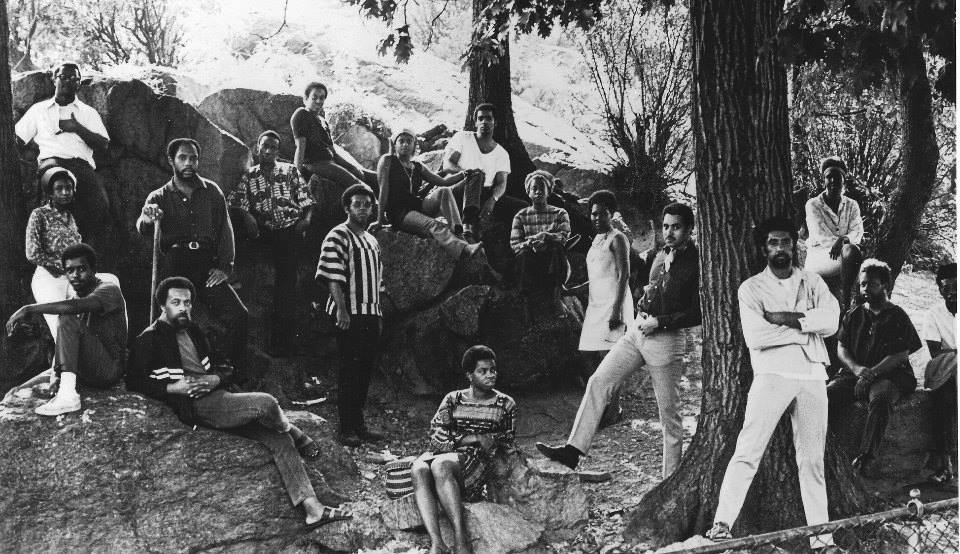Actor – director Robert Macbeth founded the New Lafayette Theatre (NLT) in Harlem in 1967. He took the name from the original Harlem Lafayette Theatre (1912-1951), often remembered for Orson Welles’s WPA production of Voodoo Macbeth (1936), which featured an all-black cast. Robert Macbeth initially located his NLT on the former site of the Lafayette Theatre.
The NLT’s objective was to produce theatre by black people, for black people, to reflect the black experience and vernacular of Harlem’s community. The theatre became a significant part the Black Arts Movement, a central element of Black Power. Ed Bullins, the theatre’s playwright-in-residence, had been the Minister of Culture for the Black Panthers and the plays produced by the company were considered politically and artistically radical.
After securing funding from the Ford Foundation, the NLT trained, employed, and supported a host of talented black artists and musicians in New York City. It also inspired black theater companies across the country through publishing a Black Theater periodical that connected it with companies in Southern states and on the West Coast. Members of the NLT would occasionally work for seasons at other theatre companies such as the Free Southern Theater, a traveling theatre company that performed in Southern states over the summer. NLT actor Gary Bolling recalls the dangers faced by black actors performing in the South at this time.
The NLT’s theatre, housed on the site of the original Lafayette Theatre, burned to the ground early in 1968, many suspected as the result of an arson attack. The NLT was rebuilt on another site and reopened in the winter of 1968.
Further reading and sources
Hear Bob Macbeth and Estelle Evans interviewed in 1968, discussing the new Lafayette Theatre.
Als, Hilton. “The Timely Resurgence of Ed Bullins,” New Yorker. 21/04/2014. http://www.newyorker.com/magazine/2014/04/21/party-people
Bullins, Ed. “A Short Statement on Street Theatre.” The Drama Review: TDR 12.4 (1968): 93.
An excerpt from Robert Macbeth’s memoir can be found here.
Emory University holds Ed. Bullins and Dr. Bill Lathan (former NLT member) papers in Special Collections.
Ferguson, Karen. Top Down: The Ford Foundation, Black Power and the Reinvention of Racial Liberalism. 2013
Houchin, John. “Robert Macbeth, The New Lafaytette Theatre, and the Politics of Art in the 1960s.” New England Theatre Journal 24, (August 2013): 57-78
Johnson, Sybil. “Robert Macbeth and the New Lafayette Theatre.” Diss. Florida State U., School of Theatre, 1996.



